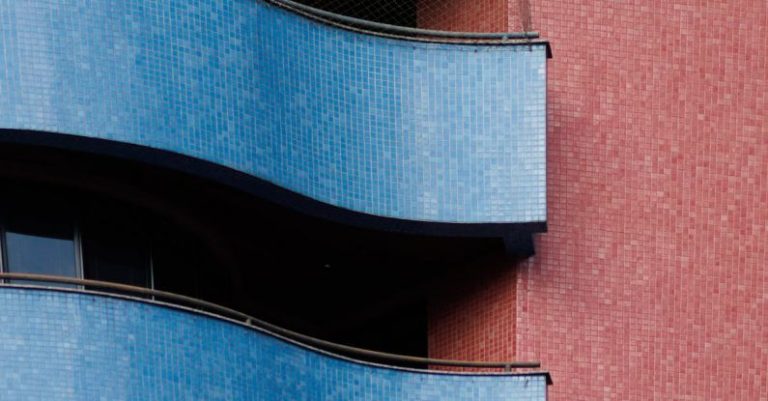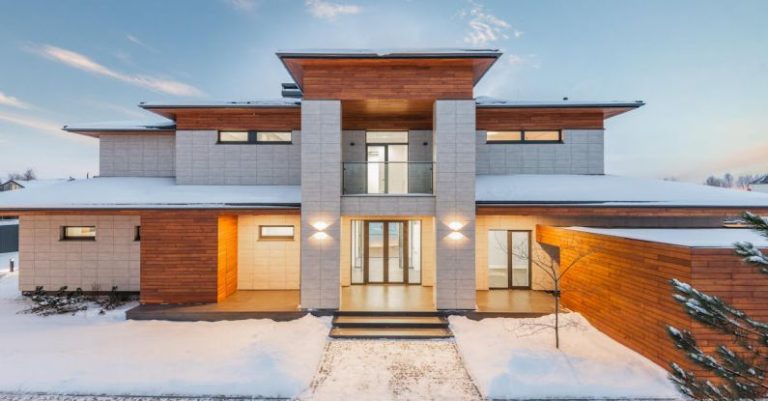Emerging Trends in Composite Use Within Architecture
Innovations in architectural design have continuously pushed the boundaries of creativity and functionality. One of the most prominent trends shaping the landscape of modern architecture is the increased use of composites. Composite materials are gaining popularity among architects and designers due to their versatility, durability, and aesthetic appeal. This article will delve into the emerging trends in composite use within architecture, highlighting the impact these materials are having on the industry.
**The Rise of Composites in Architecture**
Traditionally, architects have relied on materials such as concrete, steel, and glass to bring their designs to life. However, in recent years, there has been a noticeable shift towards the use of composite materials in architectural projects. Composites are materials made from two or more constituent materials with significantly different physical or chemical properties. By combining these materials, architects can create structures that are stronger, lighter, and more resilient than those made from traditional building materials.
**Sustainability and Environmental Impact**
One of the key drivers behind the increasing use of composites in architecture is their sustainability and reduced environmental impact. Composites are often made from recycled or renewable materials, making them a more eco-friendly choice compared to traditional building materials. Additionally, the lightweight nature of composites allows for more efficient transportation and installation, further reducing their carbon footprint. As sustainability becomes a top priority in the construction industry, architects are turning to composites as a greener alternative.
**Aesthetics and Design Freedom**
Composites offer architects unparalleled design freedom, allowing them to create structures that were once thought impossible. The versatility of composites means that they can be molded into virtually any shape or form, enabling architects to push the boundaries of creativity. Whether it’s intricate facades, futuristic roofs, or innovative interior spaces, composites offer endless possibilities for architectural expression. The ability to combine different materials and textures also allows architects to create visually stunning designs that stand out in a crowded urban landscape.
**Structural Performance and Durability**
Beyond their aesthetic appeal, composites also offer superior structural performance and durability compared to traditional building materials. Composites are known for their high strength-to-weight ratio, making them ideal for applications where strength and stability are crucial. Additionally, composites are resistant to corrosion, moisture, and other environmental factors that can degrade traditional building materials over time. This durability ensures that structures built using composites will stand the test of time, reducing maintenance costs and increasing longevity.
**Innovative Applications in Architecture**
Architects are continually finding new and innovative ways to incorporate composites into their designs. From modular construction systems to 3D-printed composite structures, the possibilities are endless. Composites are being used to create sustainable facades, lightweight roofing systems, and even self-healing building materials. The integration of smart technologies into composites is also opening up new opportunities for energy-efficient and responsive architectural solutions. As architects continue to experiment with composites, we can expect to see even more groundbreaking applications in the future.
**The Future of Composite Use in Architecture**
As the architectural industry evolves, composites are poised to play an increasingly significant role in shaping the built environment. The combination of sustainability, design flexibility, and structural performance makes composites a compelling choice for architects looking to push the boundaries of innovation. With ongoing advancements in material science and manufacturing techniques, the potential for composites in architecture is limitless. As architects continue to explore the possibilities of these versatile materials, we can expect to see more groundbreaking and sustainable designs that redefine the way we think about architecture.
**In Summary: The Evolution of Composite Architecture**
The emergence of composites as a leading material in architecture marks a significant shift in how buildings are designed and constructed. From sustainability and design freedom to structural performance and durability, composites offer a multitude of benefits that are driving their increasing adoption within the industry. As architects continue to experiment with new applications and technologies, the future of composite architecture looks bright, promising a new era of innovative and sustainable building design.






